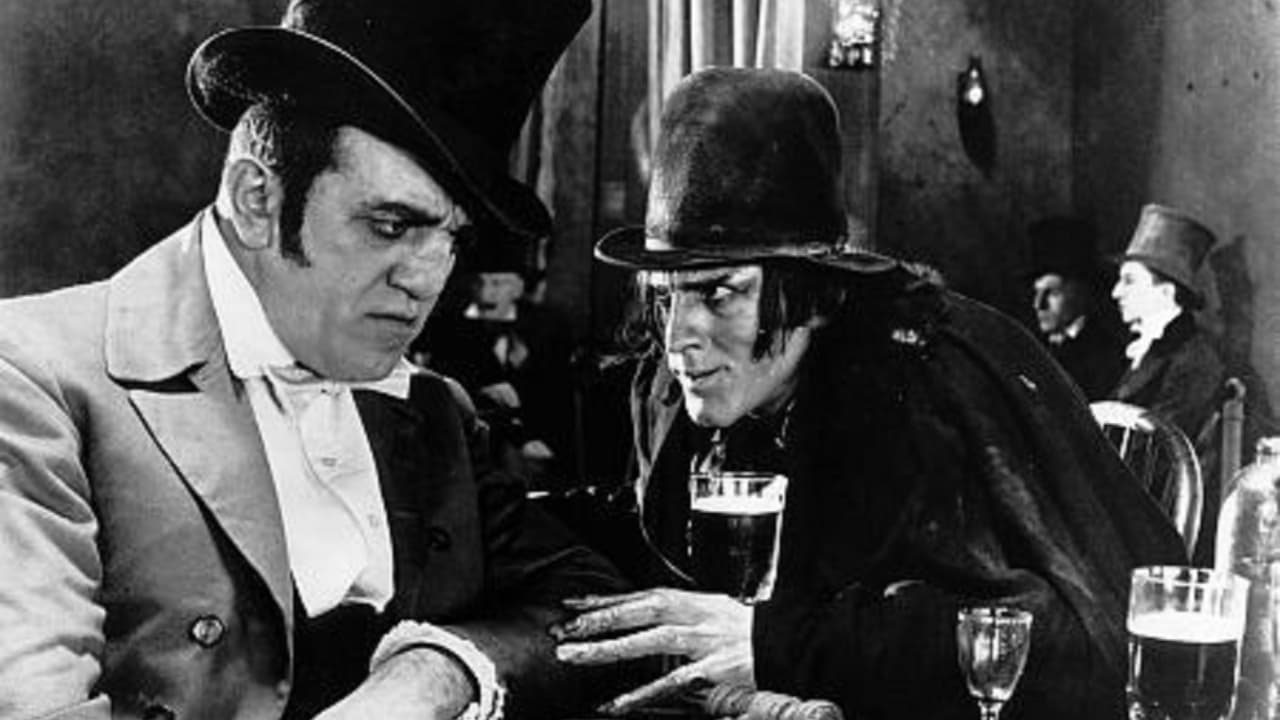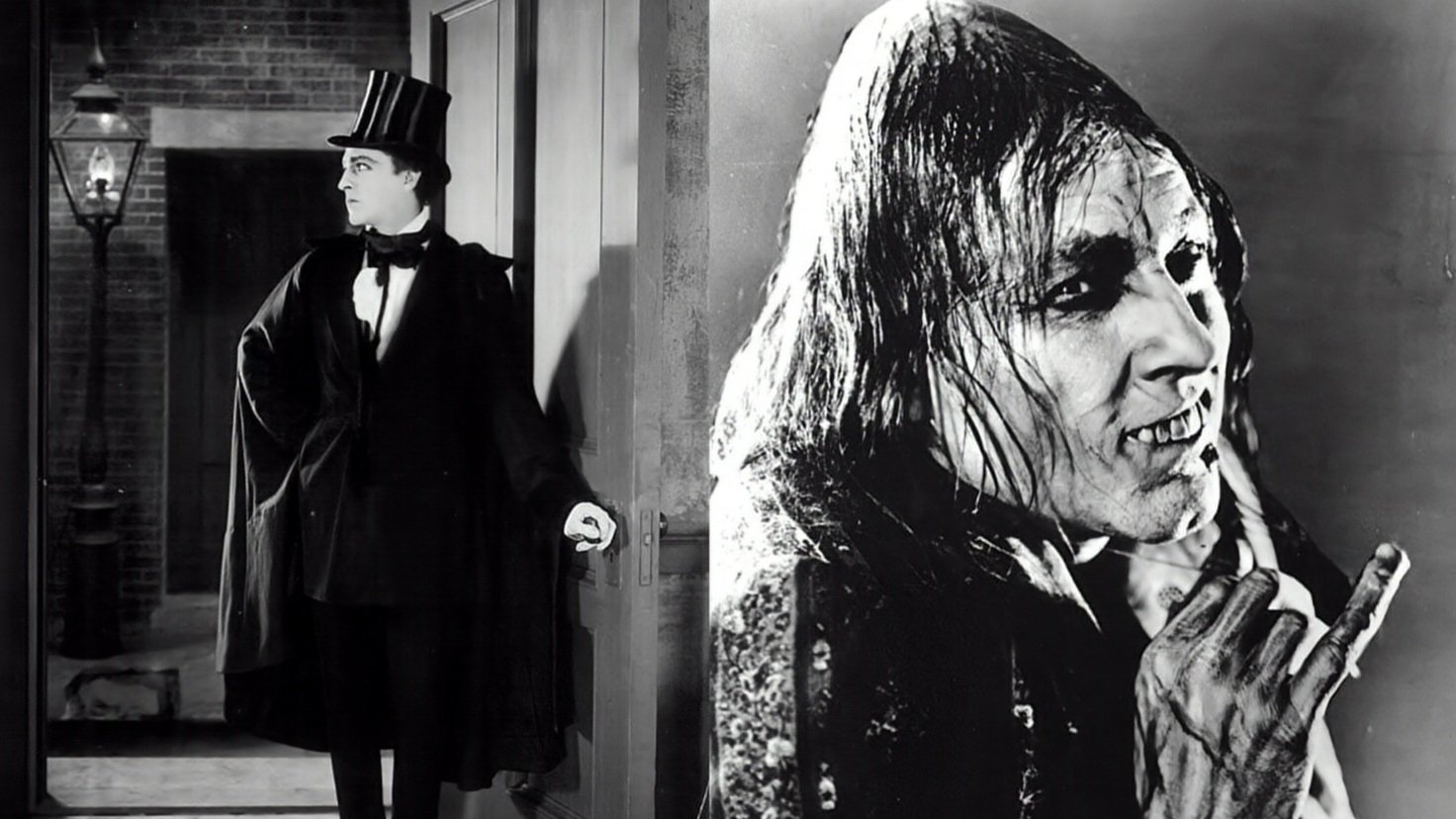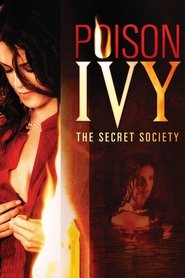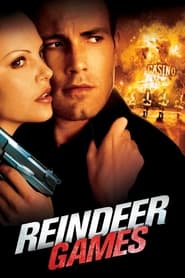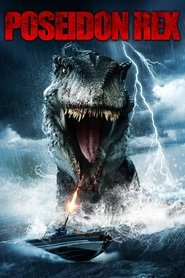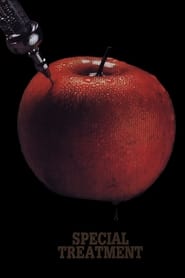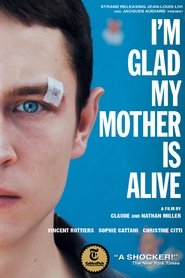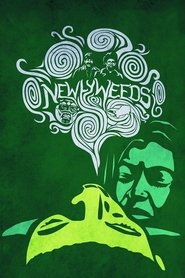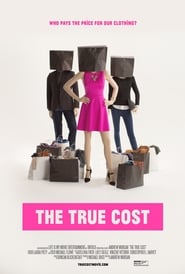
Video Sources 0 Views
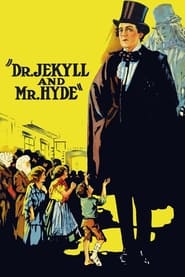
Dr. Jekyll and Mr. Hyde 1920 123movies
The world's greatest actor in a tremendous story of man at his best and worst!Mar. 18, 192079 Min.
Synopsis
Watch: Dr. Jekyll and Mr. Hyde 1920 123movies, Full Movie Online – Based on the Robert Louis Stevenson story: Doctor Henry Jekyll’s enthusiasm for science and his selfless acts of service have made him a much-admired man. But as he visits Sir George Carew one evening, his host criticizes him for his reluctance to experience the more sensual side of life. Sir George goads Jekyll into visiting a music hall, where he watches the alluring dancer Gina. Jekyll becomes fascinated with the two contrasting sides of human nature, and he becomes obsessed with the idea of separating them. After extensive work in his laboratory, he devises a formula that does indeed allow him to alternate between two completely different personalities, his own and that of a brutish, lascivious person whom he names Hyde. It is not long before the personality of Hyde begins to dominate Jekyll’s affairs..
Plot: A doctor’s research into the roots of evil turns him into a hideous depraved fiend.
Smart Tags: #self_experimentation #mutation #physical_deterioration #mental_deterioration #moral_deterioration #insanity #potion #metamorphosis #experiment_gone_wrong #based_on_novel #gothic_horror #silent_film #cult_film #character_names_in_title #dr._jekyll_and_mr._hyde_characters #five_word_title #dr._henry_jekyll_character #mr._edward_hyde_character #top_hat #venom #marriage
Find Alternative – Dr. Jekyll and Mr. Hyde 1920, Streaming Links:
123movies | FMmovies | Putlocker | GoMovies | SolarMovie | Soap2day
Ratings:
Reviews:
I’d have to admit that John Barrymore was certainly no oil painting. Unlike so many silent-era film stars, he could actually act, rather then just look longingly into the camera and/or the gal’s doey eyes. Here he portrays Robert Louis Stevenson’s eponymous characters with quite some menace and skill. The story of the eminently respectable “Jekyll” who is fascinated by the human psyche and who experiments with mind/body altering drugs, discovering his inner and pretty unpleasant id in “Mr Hyde” in the process. There now follows a battle royal between the two personalities, the decent and the monstrous, and it rapidly becomes unsafe for those around him – including “Millicent” (Martha Mansfield), whom “Jekyll” loves, and even music hall girl “Gina” (Nita Naldi), the object of the desires of his alter ego. Barrymore is great, here – though some of his transformation scenes did remind me of a rather crazed Richard III playing an invisible piano. Using some dark and dingy locations, the clever use of shadow and Barrymore’s own ability to create a considerable sense of menace, this really does have the hairs on the back of your neck paying attention. The visual effects are effective and John Robertson gives us a good solid, adaptation of an eerie, provocative story that still captures the imagination now, but without the characterisations being compromised or overly relying on CGI and the like to distract us from the on-screen antics. Whilst I wouldn’t say it was the best – the 1931 version was a cracker too, it is one of those stories that resonates now, as it did then, and this is a terrific interpretation.
Review By: CinemaSerf
A very good early silent with both exquisite direction and a fine acting performance by John Barrymore. Well-worth checking out for cinephiles with a heightened interest in the origins of American horror cinema.
Review By: talisencrw
John Barrymore’s Double Feature or The Two Faces of Dr. Jekyll
DR. JEKYLL AND MR. HYDE (Paramount, 1920), directed by John S. Robertson, ranks the best known silent screen adaptations from the famous 1886 story by Robert Louis Stevenson and the 1897 stage play starring Richard Mansfield. Featuring the then unlikely John Barrymore, a matinée idol better known as “The Great Profile,” this early horror film features the young actor to good advantage in portraying two entirely different characters in one motion picture. Those familiar with the Stevenson story, especially with its latter remakes during the sound era, whether starring Fredric March in 1931 (for which he won an Academy Award as best actor) or Spencer Tracy in 1941 (a very good film but often dismissed due to its miscasting) the story itself has its alterations.Set in 19th century England, Henry Jekyll (John Barrymore), “an idealist and philanthropist, by profession a doctor of medicine,” spending his time not only conducting experiments in his laboratory attached to his home, but treatinghis patients at a free clinic for the poor at his own expense. He’s engaged to Millicent Carewe (Martha Mansfield), but their relationship appears to be mainly platonic. Arriving late at a dinner gathering at the Carewe home, Sir George Carewe, (Brandon Hurst), Millicent’s father and Jekyll’s mentor, soon becomes Jekyll’s evil influence when he suggests the possibilities of man living by his instincts, yet having another side to his nature. Carewe later accompanies Jekyll to a London music hall where they are not only surrounded by a class of patrons beneath their status, but watch a flirtatious young dancer named Gina (Nita Naldi) perform. “For the first time in his life, Jekyll had awakened to the sense of his baser nature.” Spending days and nights in his lab with his experiments, Jekyll, after drinking down his invented formula, soon transforms into his evil self. Becoming the uncontrollable person he names Edward Hyde, Jekyll’s evil self begins a relationship with the sultry Gina, eventually making her life miserable. Hyde goes on a murderous rampage, taking control over Jekyll’s immortal soul. Jekyll’s experiment gets the better of him when he keeps changing into the evil Hyde against his will, returning to his gentler self through an antidote, becoming a recluse and spending more time away from Millicent. When Jekyll’s antidote supply runs dry, he tries to fight the urge of evil. After murdering a child of the streets in the poor district of town, and later Sir George who witnessed the evil change in his future son-in-law, Jekyll realizes that he’s unable to undo his evil deeds, and suffers more as he tries to prevent himself from making Millicent his next victim.
Supporting Barrymore in the cast are Charles Lane as Doctor Richard Lanyon; Cecil Clovelly as Edward Enfield; Louis Wolheim as the music hall proprietor; and George Stevens as Poole, Jekyll’s butler.
Produced shortly before what future star Lon Chaney would have achieved in a role such as this, Barrymore’s performs his most memorable moments during his transformation scenes. Every transformation captured on film shows the viewer a more hideous manifestation of Jekyll’s other self. Quite theatrical to say the least, but what’s amazing is Barrymore’s constant jerking of his body with his hair flopping about before the closeup of that hideous facial expression, which must have been quite intense for 1920 audiences. It’s been reported that Barrymore changed into the evil Mr. Hyde without the use of makeup, unlike Chaney, who would have done his transformation similar to Fredric March’s 1931 sound version, looking more like a hideous animal than a grotesque human creature. For Spencer Tracy’s 1941 performance, like Barrymore, he’s still in human form but his facial gestures appear inhuman. More added touches of evil include Jekyll’s somewhat pointed head as well as close up of Jekyll’s hand becoming a withered claw. Something worth noting is one where Jekyll sleeps in his bed and imagines a ghostly giant spider crawling upon him. Because of Barrymore’s “great profile” image and matinée idol reputation, the camera takes full advantage in his numerous profiled closeups, yet this was the film that firmly establish Barrymore’s movie career.
DR. JEKYLL AND MR. HYDE became one of the final thirteen movies aired on public television’s THE SILENT YEARS (1971) as hosted by Orson Welles. Accompanied by an organ score by Gaylord Carter, the film runs at length to about 62 minutes. In later years, the silent version to DR. JEKYLL AND MR. HYDE was distributed on video cassette, with the print shown on THE SILENT YEARS released through Blackhawk Video in the 1980s. At present, the length of the movie varies. It could be as long as 75 minutes or more, depending on the projection speed. Shorter prints could be the possibility of a deleted sequence or two taken from reissue copies. For the Blackhawk edition, a sudden cut is noticeable as Millicent (Martha Mansfield) is seen sitting sadly alone, longing for her fiancé, followed by an immediate cut showing Millicent, surrounded by some people, running happily up the stairs with a letter clasped in her hand. Besides JEKYLL AND HYDE’s availability on video, it’s also been recently distributed on DVD.
DR. JEKYLL AND MR. HYDE consisted of several earlier American-made versions (1912, 1913, and another in 1920 to compete with the Barrymore film), but for whatever copy is available for viewing, this 1920 production featuring Barrymore is the only easy access for viewing. Out of circulation on the TV markets since the 1970s, it finally resurfaced on Turner Classic Movies October 24, 2004, as part of its annual Halloween fright feast. The print with the Gaylord Carter organ score has circulated on TCM until its March 6, 2011 presentation consisting a new orchestral score composed by Al Kryszak that’s one I would not recommend after listening better scores in the past. (***)
Review By: lugonian
Possibly the First Great Horror Film in History
Dr. Jekyll has a grand idea… what if he could harness man’s evil in two distinct forms? His colleague says no, that would cause man to be both god and devil. But Jekyll presses on and creates a serum that transforms him into another being entirely, that of Mr. Hyde. The experiment seems fair at first, but quickly spirals out of hand as Hyde’s violence cannot be contained. How can Hyde be stopped and what will happen to the budding romance between Jekyll and his colleague’s daughter? By itself, this film is pretty amazing. The makeup effects are ahead of their time and there’s a special effect involving a tarantula that impressed me greatly. The acting is good — a bit exaggerated at times, but that was simply the style of the day. Even the picture quality is impressive… clearly a lot of love and funding went into this project and it paid off in spades. Any future Jekyll/Hyde film would have to be compared to this one, and it would be a tough film to beat.I had the special treat of catching it at the Music Box Massacre festival at the Music Box theater in Chicago. What made this great besides a silver screen presentation? Live organ accompaniment. For the entire length of the film, the organist kept us and our emotions moving from the romantic to the terrifying… without missing a note. Silent films may have faded away and will likely never regain any level of popularity, but if you do get the chance to see one, this is the proper way. Prerecorded music has nothing on the sound of a live organ. I have to give full credit to organist Mark Noller for such an amazing and inspiring performance.
This version of “Jekyll and Hyde”, more than any other, stands out as a historic plank in the annals of horror and film. While it could be argued that other versions are better or more in touch with a modern audience — and there are dozens of remakes and reimaginings to choose from — this is one that should be seen by any serious horror fan or film scholar. Techniques used in it, such as the makeup, could still be influential today. Newer is not always better and while we today think of “Dracula” and “Frankenstein” as the early horror masterpieces, this one should not be ruled out.
Review By: gavin6942
Other Information:
Original Title Dr. Jekyll and Mr. Hyde
Release Date 1920-03-18
Release Year 1920
Original Language en
Runtime 1 hr 9 min (69 min), 1 hr 7 min (67 min) (1971 alternate), 1 hr 13 min (73 min) (Kino Print), 1 hr 22 min (82 min) (DVD), 1 hr 19 min (79 min) (Kino)
Budget 0
Revenue 0
Status Released
Rated Unrated
Genre Drama, Horror, Sci-Fi
Director John S. Robertson
Writer Robert Louis Stevenson, Clara Beranger, Thomas Russell Sullivan
Actors John Barrymore, Martha Mansfield, Brandon Hurst
Country United States
Awards N/A
Production Company N/A
Website N/A
Technical Information:
Sound Mix Silent
Aspect Ratio 1.33 : 1
Camera N/A
Laboratory N/A
Film Length 1,937 m (7 reels) (USA)
Negative Format 35 mm
Cinematographic Process Spherical
Printed Film Format 35 mm
Original title Dr. Jekyll and Mr. Hyde
TMDb Rating 7 105 votes


